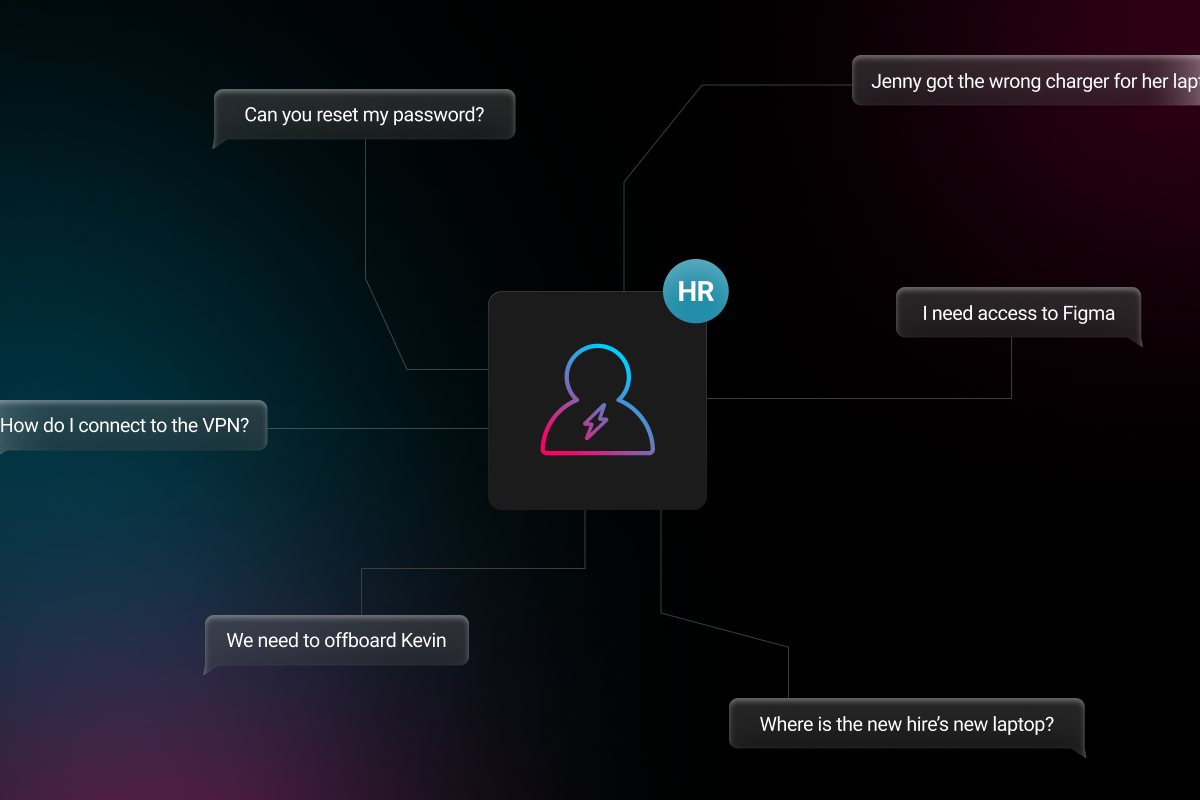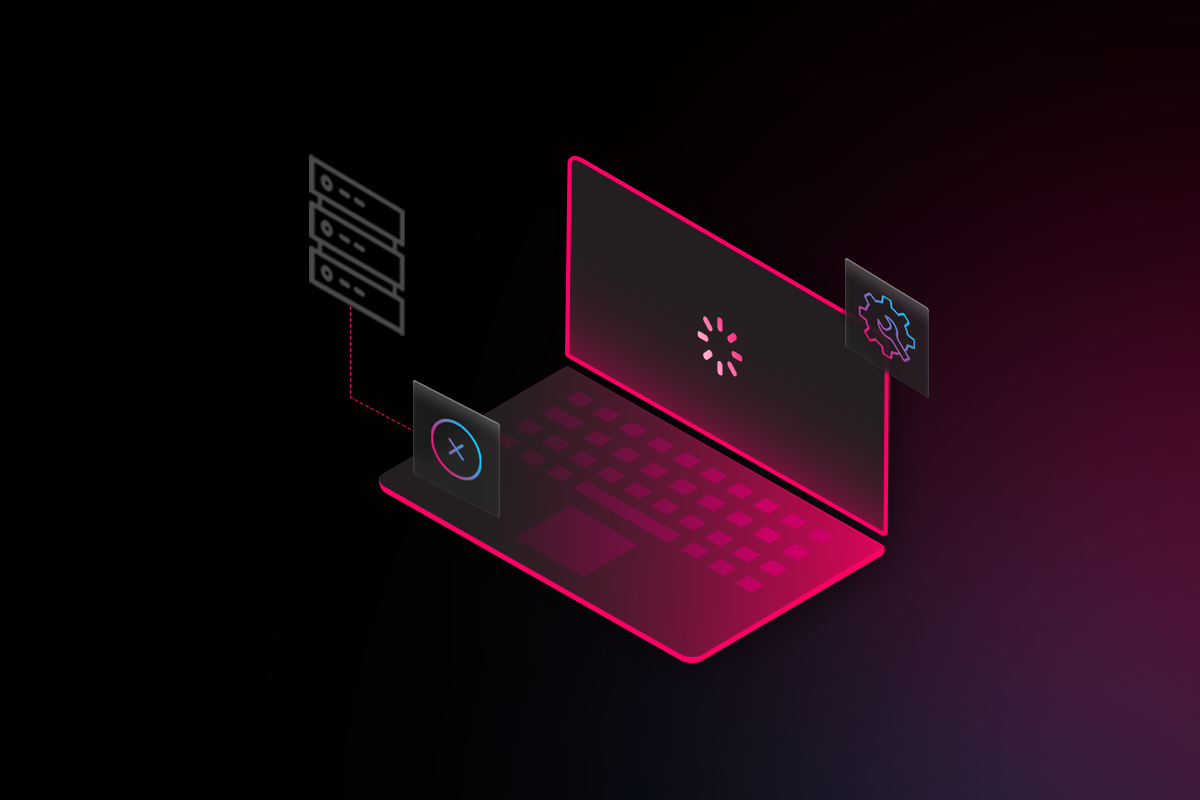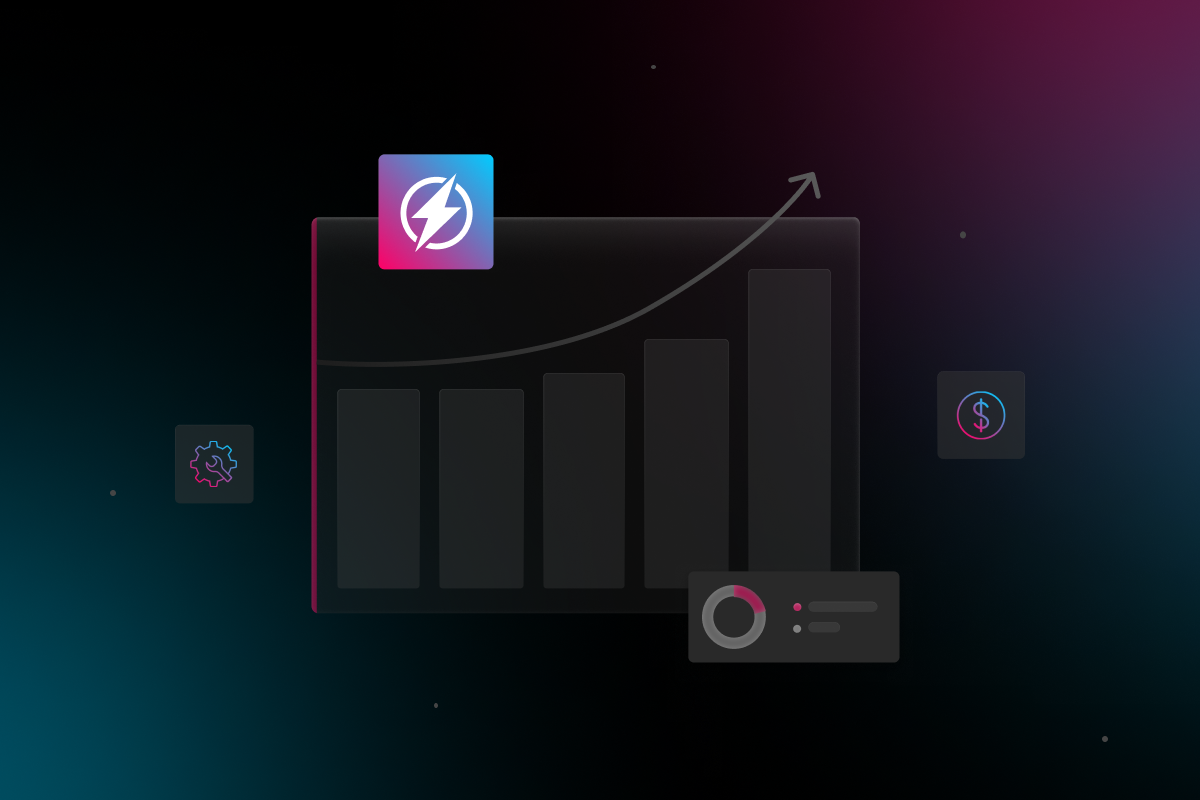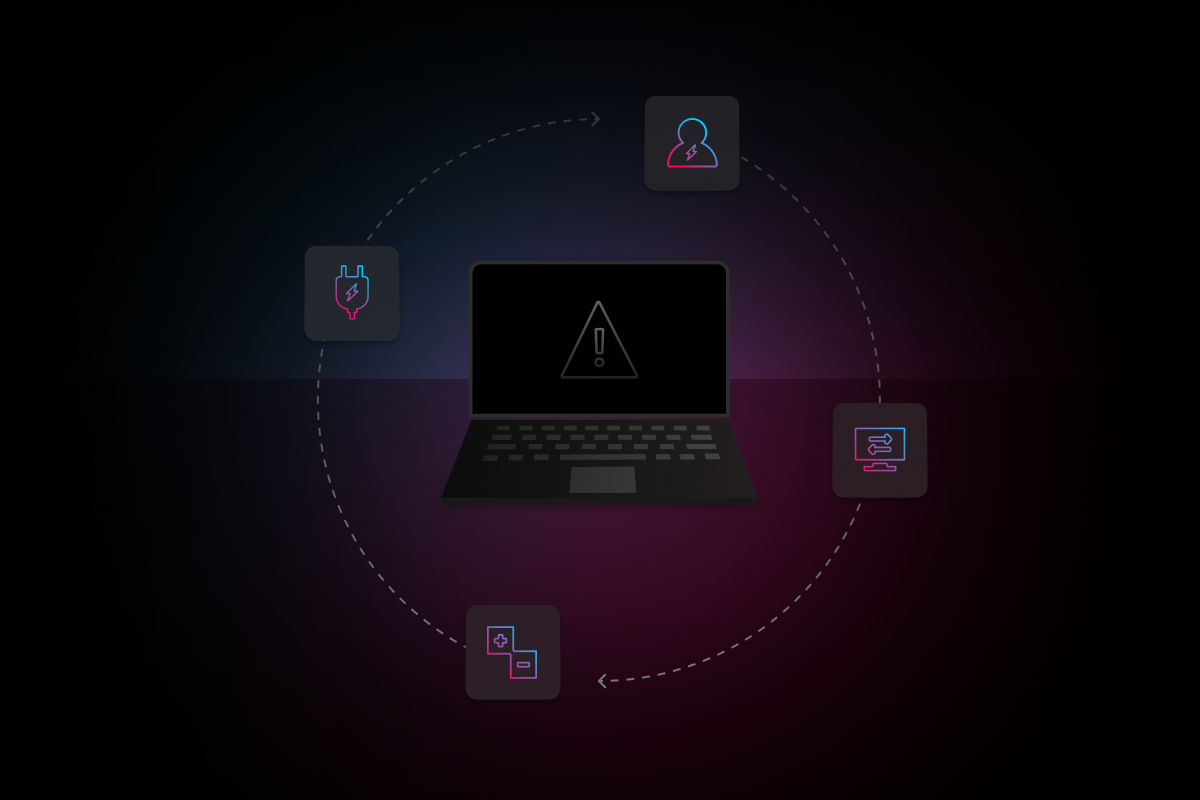
Whether your critical files are stored on-site or in the cloud, problems connecting to the company server can immediately impact productivity.
Beyond knowing the type of server you are trying to access, there are a few other clues that might help resolve your problem and cut down on troubleshooting time.
Consider the following when trying to figure out why you cannot connect to a server.
1. Restart Your Computer
As with many IT problems, chances are, turning your computer off and on again may help. This simple step refreshes the system memory and resets any basic configurations that could be causing an issue. As a first step, try rebooting your device to see if it helps you connect to the company server.
2. Follow the Error Messages
Error messages can provide valuable insight into why you can’t connect to the company server. In some cases, an error message will clearly tell you why the server or shared drive cannot be reached at the moment, e.g. your password is incorrect, your computer is pending restart, another software installation is currently in progress, etc. However, if you’re presented with a more complex error notification , a quick Google search of the error message could also bring some solutions to light.
3. Identify Where the Shared Drive is Hosted
Is the company’s shared drive hosted in the cloud, or is it hosted internally on a physical server / NAS device? Identifying the hosted location can alter the method of server connection troubleshooting drastically.
Internally Hosted
When dealing with internally hosted shared drives, it’s important to confirm you are connected to the same network that the shared drive is on. This is achieved by connecting to the office’s LAN via wired ethernet, Wi-Fi, or VPN if working remotely.
It’s also important to note that it’s a common practice for organizations to isolate the main network from the guest network. When confirming your network connection, ensure that your device is connected to the main office network.
Cloud Hosted
If hosted in the cloud, it’s important to also identify the provider of the cloud service. The most common are Microsoft’s Sharepoint and Google Workspace. Once you’ve identified the service in which your team’s cloud drive is hosted, the first step in troubleshooting is ensuring that you’re signed into the application using your current credentials for that service. Common reasons why an account might sign out can be due to changes to either the password or MFA policy.
4. Permissions
Whether you’re attempting to connect to a locally hosted or cloud hosted shared drive, you will need the necessary access permissions applied to your account. In times of uncertainty or when requesting access to specific drives or folders you have not accessed before, you might need to reach out to your IT manager to gain access.
5. Look For Changes in Server Access
You may have connected to your business server a hundred times without any problems, and it has become a part of your routine. But consider what’s different— are you using a different login? Has the password recently been changed? Has the equipment been upgraded? Are you logging on from a new workstation? Has your Wi-Fi been reset? Is the network down? Are you using the same browser?
If your company uses a cloud based business server, then it’s also possible that the problem isn’t coming from your end at all. If others on your team are having trouble accessing the company server, a call to your provider can possibly get things working again.
Simplify Your IT Management
Are IT challenges holding you back? With Electric’s modern and user-friendly software, you can effortlessly handle all of your company’s IT needs, regardless of technical expertise. Request a demo today to learn how you can manage the health of your devices, networks, and applications in one central location.



